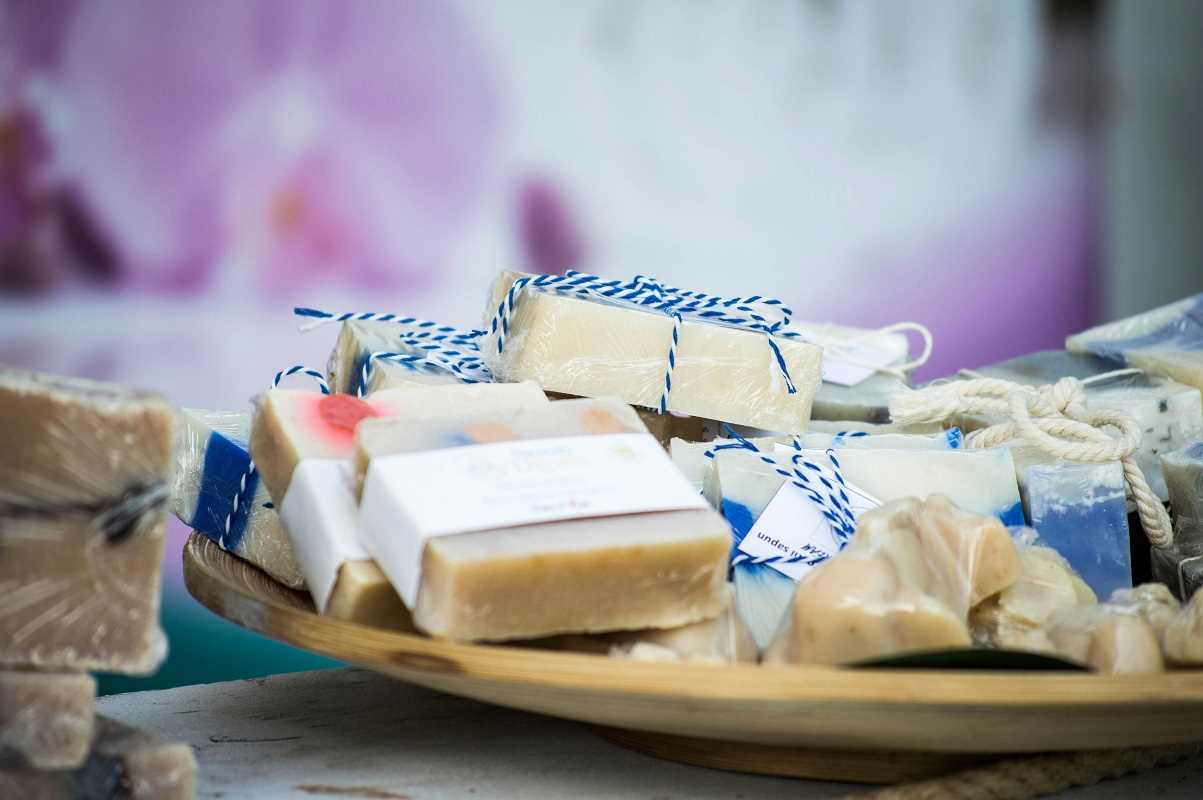If crafting is your passion and you’re ready to turn your handmade creations into cash, selling them online is a great way to reach buyers around the world. The trick, though, is figuring out which platform is the best fit for your amazing products. From well-known giants to niche platforms, there are plenty of options for artisans and crafters. To help you choose wisely, here’s a breakdown of some of the best online platforms for selling handmade items, along with tips to find the right one for your needs.
1. Etsy
Etsy is practically synonymous with handmade goods. It’s one of the biggest and most popular platforms for artisans selling anything from jewelry and clothing to custom art and home decor. What makes Etsy so attractive is its large, built-in audience. Millions of people visit Etsy every month looking specifically for unique, handmade, and vintage items.
Features:
- Easy-to-use interface.
- Built-in tools to promote your shop (like ads, coupons, and sales).
- Support for digital products if you sell printables or designs.
Fees:
Etsy charges $0.20 to list each item and takes a 6.5% transaction fee on the sale price (including shipping). There are also optional fees if you want to run ads on the platform.
Who Should Use It:
If you’re creating one-of-a-kind items and want access to a big global audience, Etsy is a solid choice. It’s especially great for beginner sellers because of how simple it is to set up a shop and start selling.
2. Amazon Handmade
Amazon Handmade is part of Amazon, the world’s largest online retailer. It’s specifically tailored for artisans and small businesses selling handcrafted goods. With Amazon’s massive customer base, you can expose your products to millions of potential buyers.
Features:
- Amazon handles the logistics if you enroll in Fulfillment by Amazon (FBA), which can simplify shipping.
- Access to Amazon Prime customers, offering fast delivery.
- A trusted marketplace, which boosts customer confidence.
Fees:
Instead of paying per listing, Amazon Handmade charges a referral fee of 15% on every sale. Keep in mind there’s no monthly fee for now, but this could change in the future, so double-check their latest terms.
Who Should Use It:
Amazon Handmade works best for sellers ready to scale up or those offering higher-priced, handmade items. The platform is also great if you want Amazon to take care of shipping and logistics through FBA.
3. eBay
While eBay might not be the first platform that comes to mind for handmade goods, it’s actually a pretty decent option! Its global reach makes it appealing, and you can list pretty much anything—from jewelry to artwork to upcycled creations.
Features:
- Ability to sell both new and pre-owned items.
- Auction or fixed-price listing options for flexibility.
- International reach with millions of active buyers.
Fees:
eBay charges an insertion fee (free for your first 250 monthly listings) plus a final value fee, which varies depending on the category. For handmade items, fees usually range around 12% to 15%.
Who Should Use It:
If your handmade products are unique or appeal to collectors, eBay’s auction-style selling can work wonders. It’s also a good option if you’re looking for more freedom in what you can sell and how you price it.
4. ArtFire
ArtFire is known as a niche platform for handmade goods, art supplies, and vintage items. While smaller than Etsy or Amazon Handmade, it has a loyal audience dedicated to buying handcrafted products.
Features:
- Tools to customize the look and feel of your shop.
- Community-driven site with forums to connect sellers and buyers.
- Options for pro status, which offers improved features for seasoned sellers.
Fees:
It costs between $4.95 and $40 per month to run a shop, based on your plan. ArtFire also charges a 12.75% commission fee on sales, which includes payment processing.
Who Should Use It:
If you’re looking for a tight-knit community and want to establish a stronger seller identity, ArtFire is a great alternative to larger platforms. It’s ideal for sellers who produce unique, limited-edition pieces.
5. Zibbet
Zibbet is a lesser-known but highly flexible platform that connects your shop with multiple sales channels. When you sell on Zibbet, you can sync inventory and manage listings on several platforms, including their online marketplace and your existing Etsy shop.
Features:
- Central dashboard to manage multiple shops in one place.
- Customizable website builder to create your own branded online store.
- Integration with Etsy, Facebook, and Instagram.
Fees:
Zibbet’s plans start at $5 per month and increase depending on features and channels. They don’t charge listing or commission fees, which is a major bonus.
Who Should Use It:
If you already sell on multiple platforms and want better management tools, Zibbet is perfect. It’s also great for artisans wanting to establish an independent online presence through their own shop.
How to Choose the Right Platform
Now that you know the five key players for selling handmade items, how do you pick the right one? Here are a few tips to make your decision easier.
- Know Your Target Audience: Platforms like Etsy and Amazon Handmade are great for reaching a large audience, while niche platforms like ArtFire focus on customers specifically looking for handmade goods. Think about where your ideal customers are shopping.
- Consider Your Fees and Budget: Platforms like Zibbet offer flat-rate pricing, while Etsy and eBay charge per listing and transaction. Weigh these fees against your expected sales to find an option that's worth the cost.
- Evaluate the Features: Do you need tools to promote your shop or manage inventory across multiple sites? Or are you just looking for a simple listing platform? Match the platform’s features with your goals.
- Plan for Growth: If you aim to turn your handmade side hustle into a full business, consider platforms that offer scalability, like Amazon Handmade or Zibbet. Think long-term.
Selling handmade items online has never been easier, but choosing the right platform is key to your success. Whether you go with a big marketplace like Etsy, a niche site like ArtFire, or a flexible option like Zibbet, it’s all about finding what works best for your products and goals. Take your time, explore each option, and get ready to showcase your creations to the world. Your next sale is just a click away!
 (Image via
(Image via





